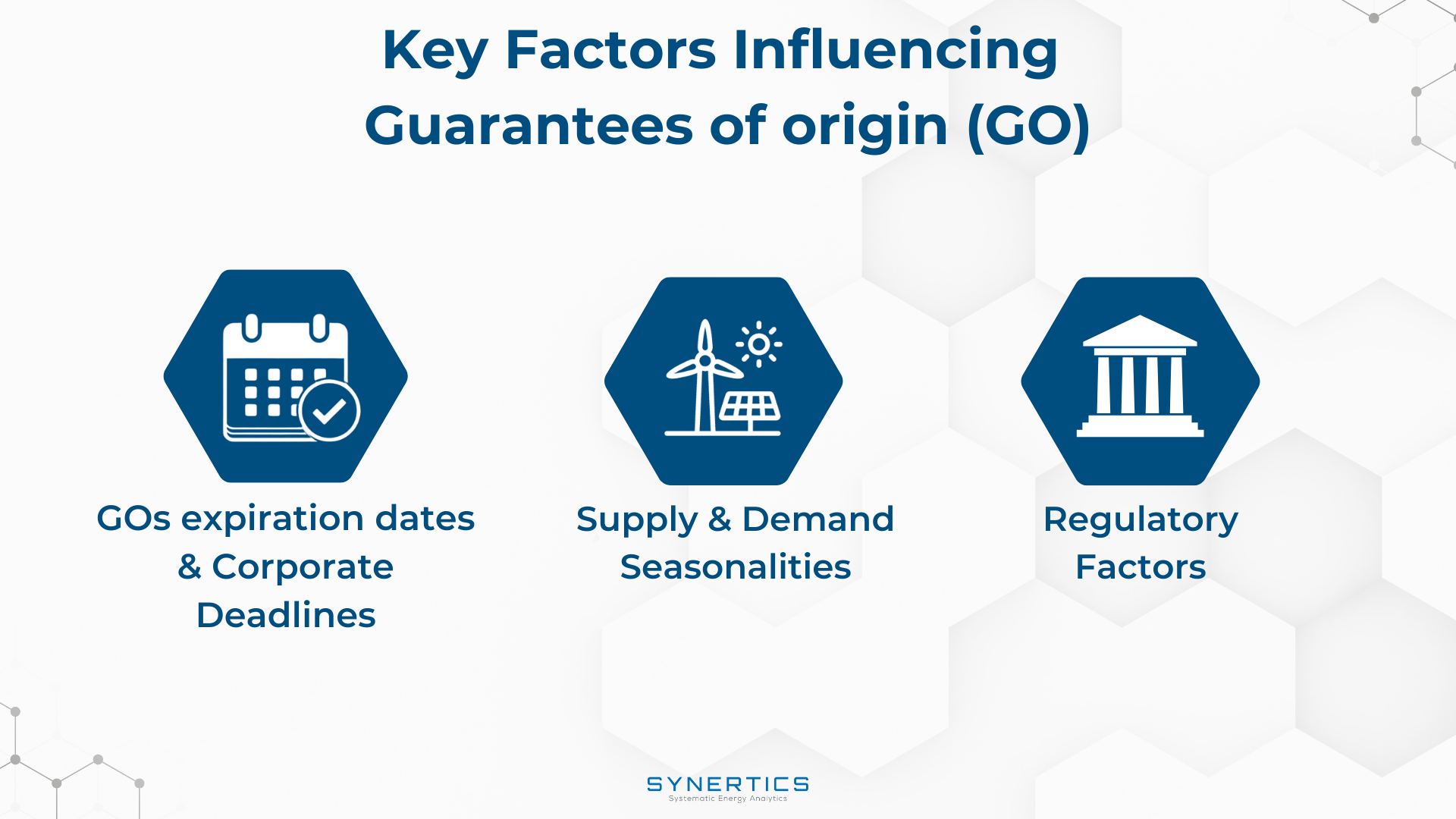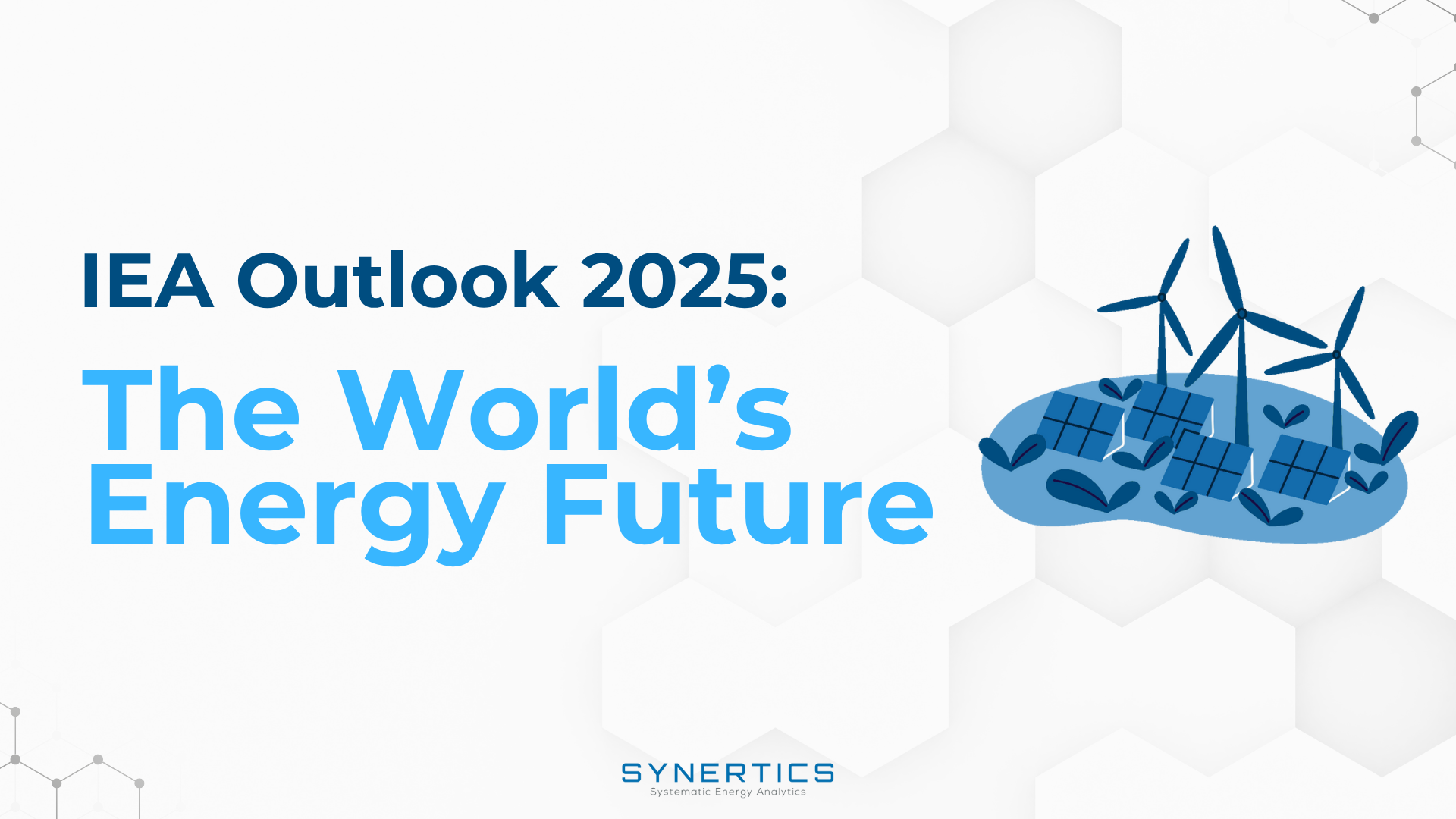Join us on our journey towards renewable energy excellence, where knowledge meets innovation.
The costs associated with the services provided by a Balancing Responsible Party (BRP) are influenced by a myriad of factors, ranging from the location of the project to technological innovations.

The Balancing Responsible Party (BRP) manages imbalances between energy production and consumption, ensuring regulatory compliance, and optimizing financial outcomes. It facilitates effective energy integration into the power grid and offers market-responsive agility, enhancing the overall stability and efficiency of the energy system.
The costs associated with the services provided by a BRP are influenced by a myriad of factors, ranging from the location of the project to technological innovations. This post explores some of these factors, providing a general understanding of how they impact the final price of BRP services.
The prices of BRP (Balancing Responsible Party) are affected by the location and bidding zone, through a combination of the local regulatory framework, the state of the grid infrastructure, the local energy mix and its inherent variability, and the availability of reservation of capacity such as mFRR and aFRR.
For instance, manual FRR is the primary type of reserve in Norway, but the use of automatic reserves is gradually increasing. Furthermore, it's important to note that there is a uniform price per bidding zone divided into zones based on congestion. This creates a strong link between balancing and congestion management.
The difficulty in predicting exactly how much energy will be generated by renewable sources adds a layer of complexity to the BRP. Inaccuracies in forecasts can lead to greater imbalances and the need for frequent adjustments, increasing operating costs. Possible variations require quick and efficient balancing actions, such as curtailment services, which can be included in the BRP's costs and lead to an increase.
Maintaining balancing systems requires infrastructure and ongoing maintenance. The technological infrastructure needed to monitor, control, and adjust energy generation and distribution requires investment, which is reflected in the final costs.
Government laws, regulations, and incentives can affect the costs of BRPs. For example, favourable policies can subsidise the implementation of renewable energy technologies, reducing costs. Conversely, stricter regulations can increase compliance requirements and therefore costs. These fees can be different and change according to the country's regulations, and like the other factors above, they may or may not be included in the final price offered by each BRP.
Technological advances can improve the efficiency of balancing systems. For example, improvements in weather forecasting can reduce the need for frequent adjustments, lowering total costs.
The BRP market is also influenced by the supply and demand of balancing services. A market with multiple service providers can lead to price competition, potentially reducing costs.
The need for urgent interventions in situations of unforeseen imbalance can be more costly. This is because such actions require rapid responses and often the use of additional, more expensive resources. The presence of frequent imbalances caused by poor maintenance of photovoltaic panels or wind farms, for example, can increase their final cost.
It is worth mentioning that each BRP includes different services in its final price, which means it may vary according to the format of the asset and its management needs. Services such as REMIT reports, frequency control, curtailments, and dealing with possible negative prices can increase your final price.
Deviations from schedules require the activation of balancing reserves, which incurs costs. For example, forecast errors and outages generate a BRP's deviation from schedules which leads to a net sum of deviations in the system imbalance and it can lead to the rise of balancing energy cost.
The costs associated with BRP services in renewable energy projects are multifaceted, involving everything from the ability to forecast energy production by renewable energy sources to external factors such as government policies and technological innovations.
An in-depth understanding of these factors is crucial for grid operators and investors, allowing for more effective and strategic management of resources. In addition, the ability to respond promptly to unexpected imbalances, while seeking continuous improvement and efficiency in balancing processes, will determine long-term success and sustainability in the renewable energy market.

Insights, Market-trends
15th Dec, 2025

Insights
2nd Dec, 2025

Insights
19th Nov, 2025